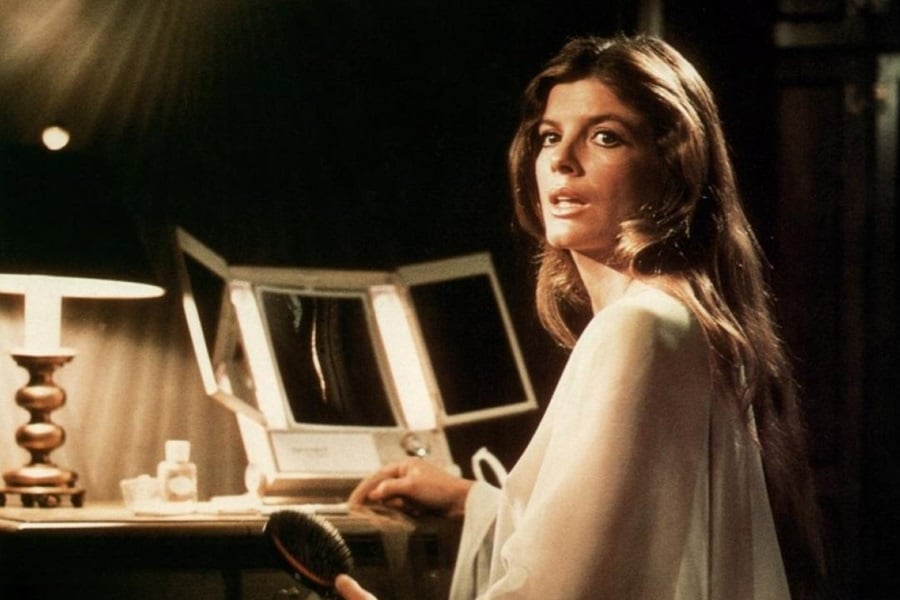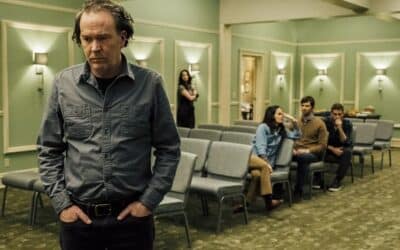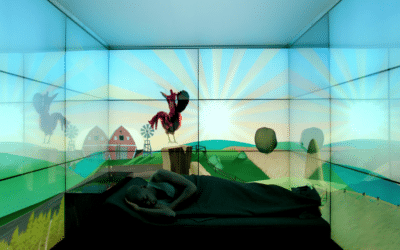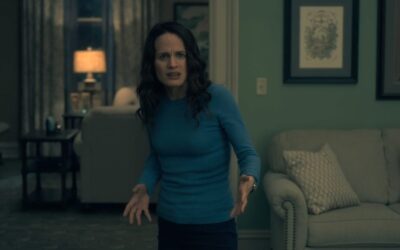
1970s Horror
The 1970s were a breeding ground for horror, a decade that tapped into the darkest corners of societal fears and personal anxieties. It was an era where the boundaries of horror were pushed, blending psychological dread with supernatural terror, and reflecting a world in turmoil. From the printed page to the silver screen, 1970s horror left an indelible mark on the genre, creating stories that still haunt our collective imagination.
One of the most iconic horror novels of the 1970s is The Exorcist by William Peter Blatty. Published in 1971, the novel tells the terrifying story of a young girl possessed by a demonic entity and the desperate attempts by her mother and two priests to save her. The book’s chilling narrative, based on a 1949 case of demonic possession, struck a nerve with readers. The 1973 film adaptation, directed by William Friedkin and starring Linda Blair, Ellen Burstyn, and Max von Sydow, is widely regarded as one of the scariest movies of all time. The film’s unflinching depiction of possession, coupled with groundbreaking special effects and a haunting score, created an atmosphere of pure terror that has yet to be surpassed.
Stephen King’s debut novel, Carrie, published in 1974, introduced the world to one of horror’s most memorable characters. The story of a high school girl with telekinetic powers who exacts revenge on her tormentors resonated with readers and tapped into the anxieties of adolescence and social isolation. Brian De Palma’s 1976 film adaptation, starring Sissy Spacek and Piper Laurie, brought King’s vision to life with a visceral intensity. The prom scene, drenched in blood and chaos, remains one of the most iconic moments in horror cinema, illustrating the devastating consequences of bullying and repression.
The Stepford Wives by Ira Levin, published in 1972, offered a chilling satire of suburban life and gender roles. The novel follows a woman who moves to the idyllic town of Stepford, only to discover that the women there have been replaced by eerily perfect robots. The 1975 film adaptation, directed by Bryan Forbes and starring Katharine Ross, captures the novel’s unsettling atmosphere and its critique of societal expectations for women. The term “Stepford wife” has since entered the cultural lexicon, symbolizing the loss of individuality and autonomy.
Salem’s Lot, another Stephen King masterpiece, published in 1975, reinvigorated the vampire genre. The novel follows a writer who returns to his hometown, only to discover that its residents are being turned into vampires. King’s ability to blend small-town Americana with supernatural horror created a sense of creeping dread that permeates the story. The 1979 miniseries adaptation, directed by Tobe Hooper, brought King’s vampires to the screen with a gothic flair, emphasizing the novel’s themes of isolation and the corruption of innocence.
Ira Levin’s The Boys from Brazil, published in 1976, blends elements of science fiction and horror to create a chilling tale of Nazi hunters and genetic experiments. The novel’s plot centers around a plan to clone Adolf Hitler, leading to a thrilling and disturbing exploration of nature versus nurture. The 1978 film adaptation, directed by Franklin J. Schaffner and starring Gregory Peck and Laurence Olivier, captures the novel’s tension and its provocative exploration of morality and identity.
The Omen by David Seltzer, published in 1976, introduced the world to the concept of the Antichrist as a child. The story follows an American diplomat who discovers that his adopted son is destined to bring about the apocalypse. The 1976 film adaptation, directed by Richard Donner and starring Gregory Peck and Lee Remick, is a masterclass in building suspense and fear. The film’s use of religious themes and ominous portents created a sense of inevitable doom that resonated with audiences, cementing its place as a horror classic.
Audrey Rose by Frank De Felitta, published in 1975, explores the concept of reincarnation and the lingering impact of past lives. The novel tells the story of a young girl who begins to experience disturbing memories of a previous life, leading her parents to seek out the truth. The 1977 film adaptation, directed by Robert Wise and starring Marsha Mason and Anthony Hopkins, captures the novel’s eerie atmosphere and its exploration of the boundaries between life and death.
The 1970s also saw the rise of psychological horror, exemplified by Don’t Look Now by Daphne du Maurier. The novella, published in 1971, follows a grieving couple who encounter strange and supernatural occurrences in Venice. The 1973 film adaptation, directed by Nicolas Roeg and starring Julie Christie and Donald Sutherland, masterfully blends psychological tension with supernatural elements. The film’s disorienting narrative structure and haunting imagery create a pervasive sense of unease that lingers long after the credits roll.
These 1970s horror stories tapped into the deepest fears of the era, reflecting societal anxieties about identity, technology, and the supernatural. They pushed the boundaries of what horror could be, blending psychological depth with visceral terror. As you delve into these tales of dread, be prepared to confront the darkness within and the horrors that lie just beyond the edge of reality.
For those looking to immerse themselves fully in the 1970s horror experience, consider creating the perfect atmosphere. Dim the lights, grab a cozy blanket, and perhaps a bowl of popcorn. Whether you choose to read the original novels or watch their chilling adaptations, these stories are sure to keep you on the edge of your seat and lingering in your thoughts long after the final page or scene. The 1970s may be long gone, but the fear they inspired remains as potent as ever
More Horror Features
Horror Through the Ages
A Journey Through Time and Terror
Technology in Horror
When gadgets become nightmares
Female Characters in Horror
From Victims to Heroes



